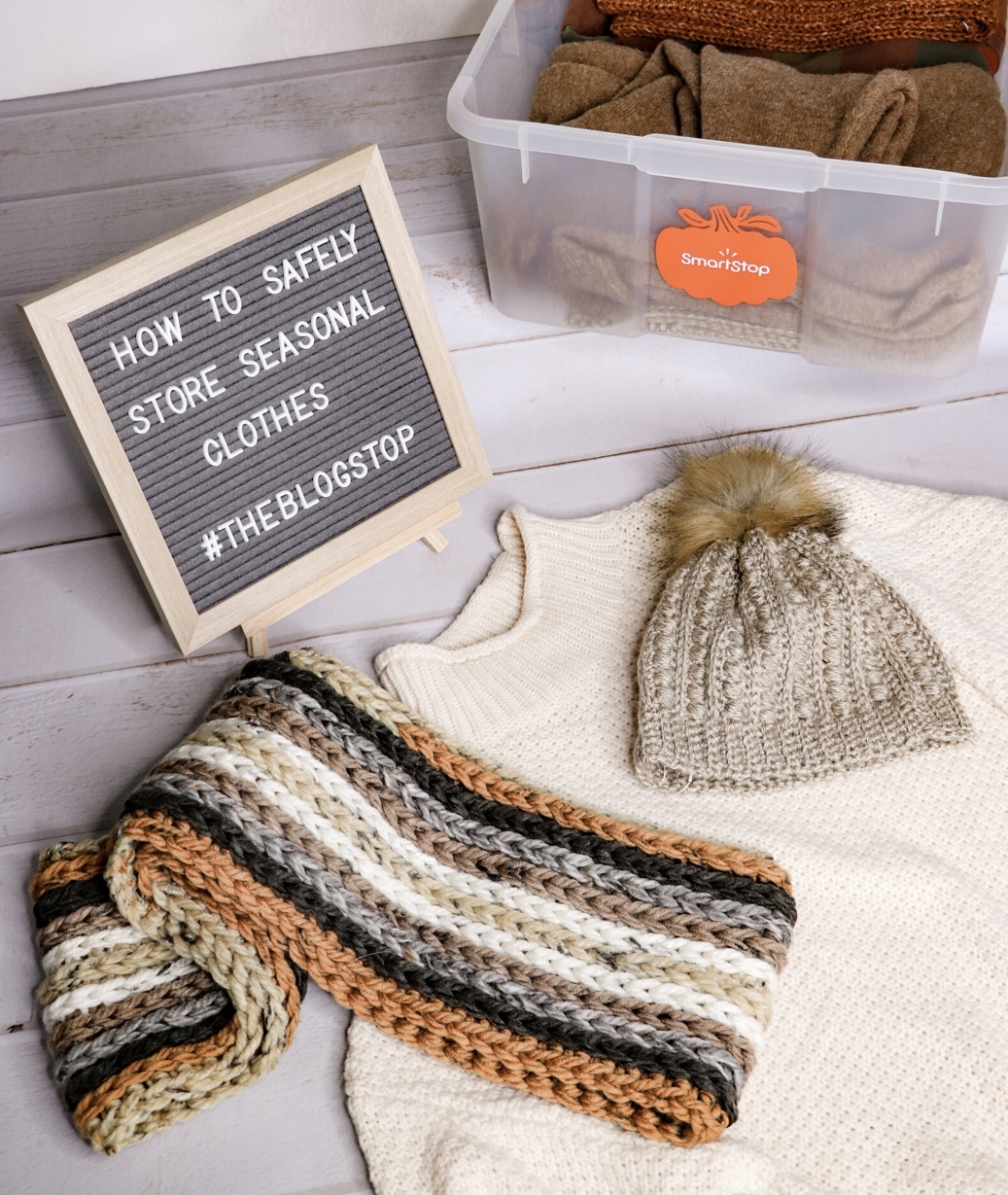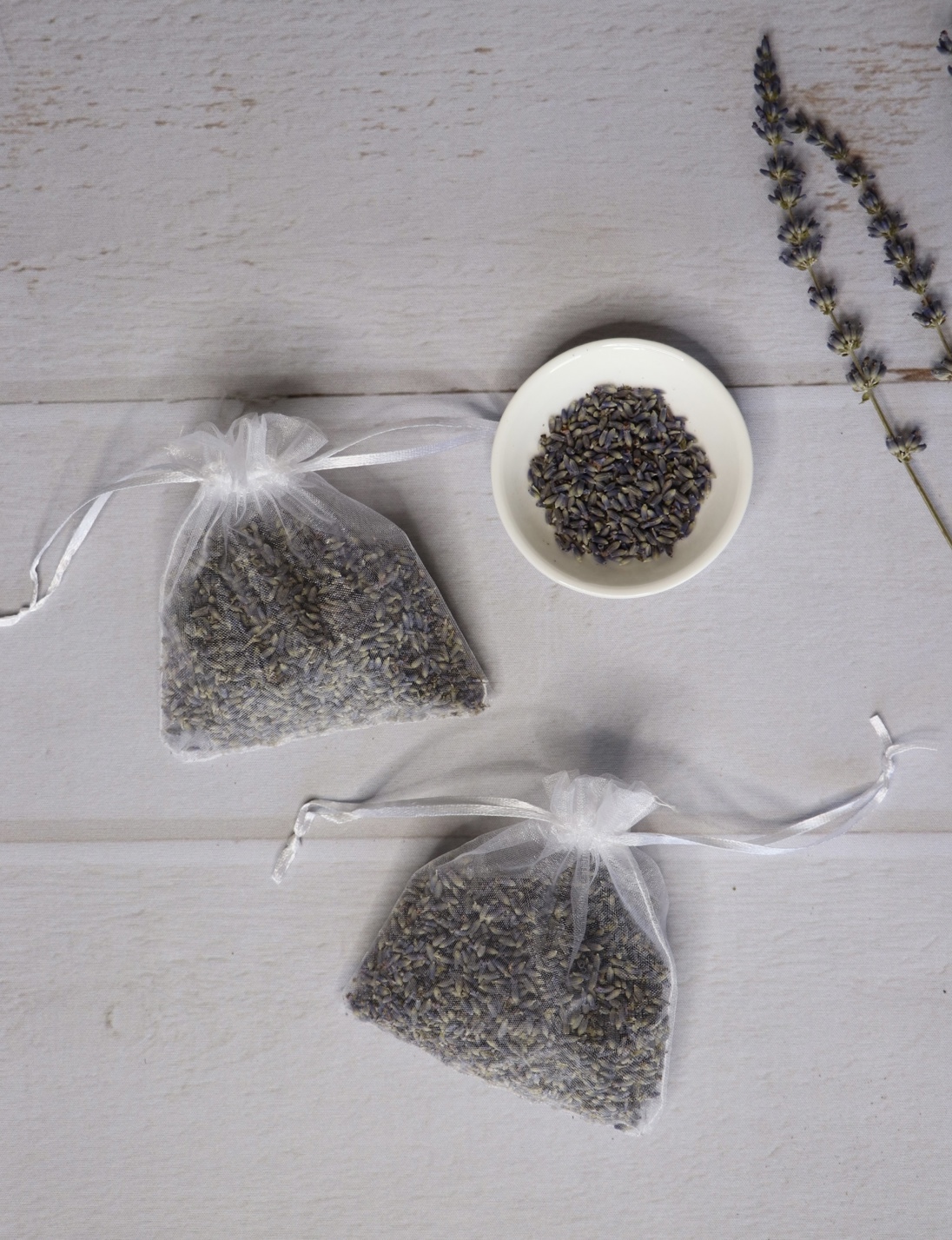As the seasons change, so should your wardrobe. There’s no need to crowd your closet with clothes you won’t touch for months, but storing seasonal clothes isn’t just about shoving them into a box and hoping for the best. Without a little care, you might find your clothes musty, wrinkled or even damaged by pests when you need them again.
The good news is that with a few simple steps, you can keep your clothes fresh and ready for their next wear. From choosing the right storage containers to protecting delicate fabrics, here’s how to store your seasonal clothes properly and make the most of your storage space.
1. Get Rid of Clothes You Don’t Wear
The first step in organizing your wardrobe is to take a hard look at what’s actually taking up space in your closet. How often do you really wear each piece? Which items are part of your regular rotation, and which ones are just collecting dust on hangers? A global study of 18,000 households found that Americans don’t wear 88 percent of their wardrobe — so if your closet feels overcrowded, you’re not all.

Start by taking everything out of your closet, drawers, and storage spaces. Sort your clothes into three piles: “keep,” “donate,” and “toss.” If something is in good condition but no longer your style, consider selling it on Facebook Marketplace, Depop, eBay or Craigslist. For items that might not sell, donating to your local Salvation Army, Goodwill, or a community organization is a great way to give them a second life.
Once you’ve done the big purge, keep the momentum going by reviewing your clothes once or twice a year. The easiest time to do this is during seasonal wardrobe swaps — just add it to your routine when you’re already packing away or pulling out seasonal items.
| Tip: Instead of throwing away damaged clothes, reduce your waste by turning them into kitchen rags instead. |
2. Clean Your Clothes
Before you pack away your clothes for the season, make sure they’re clean. Even if you only wore that winter coat a couple of times, it could still hold onto dust, body oils and fragrances that attract pests. Moths and carpet beetles, in particular, are drawn to natural fibers like wool and cotton — but they won’t shy away from synthetic fabrics if there’s an old food stain or organic residue to munch on.
Treat Stains
The longer a stain sits, the tougher it is to remove. Before storing your clothes, inspect each piece for stains and treat them properly. You can use a store-bought stain remover or whip up a reliable DIY solution with one part Blue Dawn dish soap and two parts hydrogen peroxide. Apply the mix to the stain, let it sit for about 10 minutes, then wash as usual. Once clean, make sure everything is completely dry before folding and storing. Damp clothes can lead to mildew, which is the last thing you want to find when you unpack.
Dry Cleaning
If dry cleaning is on your to-do list, ask for no starch or stiffeners. Starch is plant-based, which can attract insects, and it can also cause yellowing and make fabrics more prone to creasing and wear along the edges. Keep your clothes in the dry cleaner’s breathable garment bag to protect them while allowing airflow, but ditch any plastic wrap, as it can trap moisture and lead to mildew.
3. Choose the Right Storage Box
Cardboard boxes may seem like a convenient storage solution, but they’re not the best option to protect your garments. Cardboard can absorb moisture and attract pests, which can lead to odors and mold. According to Good Housekeeping, you should store your clothes in “plastic rather than wood, paper or cardboard boxes.” Plastic bins with secure lids are waterproof and pest-resistant, and they’re also easy to stack and store in tight spaces, like under the bed or in the back of a closet. For natural fibers like wool and cotton, which need airflow to stay fresh, avoid airtight containers. Either choose bins with ventilation or use breathable fabric storage bags made of cotton or linen. These options allow your clothes to breathe while still providing protection from dust and pests.
Shop the storage items:
- 28-quart under bed plastic storage bin from Target: best for synthetic fibers
- Underbed storage bag made with cotton canvas from Lands’ End: best for wool and natural fibers that need to breathe
| Tip: Avoid taking up extra space in your house by cleaning out an old suitcase and using it to double as a home for your off-season wardrobe. |
4. Add a Line of Defense to Repel Pests
Plastic bins do a great job of keeping pests out, but adding natural insect repellents can provide an extra layer of protection and keep your clothes smelling fresh. Cedarwood and dried herbs like lavender, mint, thyme, and cloves are all great choices for repelling moths and beetles.
Making your own herbal sachets is quick and easy. All you need are small sachet bags, dried herbs, a scoop and a bowl. Simply mix the herbs, fill the bags and tuck them into your storage bins. For a simple alternative, add a few drops of your favorite essential oil to a cotton ball and place it in the corners of your container. This not only helps deter bugs but also keeps your clothes smelling clean when you’re ready to pull them out again.

Herbal Sachet Bag Recipe
What you’ll need:
- 2 ounces of one or two of the following dried (not fresh!) herbs: rosemary, lavender, thyme, ginseng, mint
- Cotton balls
- Essential oils (your choice)
- Sachet bags
How to make a bag:
- Mix your dried herbs in a bowl.
- Using a tablespoon, fill a single sachet bag until it’s three-quarters of the way full.
- Add a few drops of essential oil to a cotton ball and place on top of the dried herbs in the bag.
- Seal the bag and store with your clothes (either in a container or in your closet).
| Note: We recommend you steer clear of mothballs, especially if you have pets or children. They’re toxic and do just as good of a job as some of the natural alternatives we mentioned above. |
5. Give Extra Attention to Special Items
Not everything is best suited to a box or bin. Bulky items like duvets and bedding can quickly clog up your storage space. Consider investing in some vacuum-sealed bags to shrink their size and create an airtight seal that protects them from mold and other unwanted pests. Delicate items like wedding gowns can be stored in acid-free boxes and stuffed with acid-free tissue to help them retain their shape and prevent breakage. And always remember that clothing you rarely wear (or don’t plan on wearing again) shouldn’t take up space in your closet — we recommend you donate it to a local thrift store or pass it down to a friend or family member.
Shop specialty storage items:
6. Keep Clothes at a Cool, Stable Temperature
Keeping your clothes out of direct sunlight is a good start, but storing them in a temperature-controlled space is the best way to maintain their condition over the long term. Cool, dark places — like under bed storage or the back of a closet — are ideal.
If you’re using a basement, make sure it’s not too damp, as moisture can lead to mold and mildew. Avoid storing clothes near heat sources like a furnace, which can damage fabrics over time. Garages and attics aren’t great options either: Garages often have poor insulation and experience temperature swings, while attics can get hot and dusty. Whenever possible, choose a spot with stable temperatures and low humidity to keep your clothes in their best shape.
7. Clothes Storage Ideas for Small Spaces
When space is tight, organizing your wardrobe can feel like an uphill battle. If your closet is bursting at the seams and storage bins are taking over every spare inch, it might be time to get creative with how you store your out-of-season clothes. Here are four practical ideas to make the most of small spaces:
Utilize Under-Bed Storage
The space under your bed is often underutilized and perfect for storing seasonal clothes. Invest in low-profile storage bins or rolling drawers that can slide easily in and out. Opt for clear or labeled containers so you can quickly find what you need without digging through everything. Vacuum-sealed bags are another good option for maximizing space and keeping clothes fresh.
Make the Most of Vertical Space
If floor space is limited, think vertically. Add shelves or stackable storage units to your closet to create more room for bins and boxes. Hanging organizers with multiple compartments can store smaller items like scarves, hats or lightweight clothing. Over-the-door organizers are also handy for shoes, accessories or folded garments.
Consider Multi-Functional Furniture
Furniture that doubles as storage is a lifesaver in small spaces. Look for ottomans, benches or beds with built-in storage compartments. These pieces not only provide hidden space for clothes but also help keep your home looking tidy and clutter-free.
Reorganize Your Closet
A well-organized closet can make a huge difference in small spaces. Start by grouping similar items together — keep all your jackets in one section, your sweaters in another and so on. Use slim, non-slip hangers to save space and prevent clothes from slipping to the floor. You can also add closet dividers, hanging shelves, or a second closet rod to create more usable space. Seasonal clothes that you don’t need immediate access to can be stored in labeled bins on high shelves or the back of your closet.
Take Advantage of Self-Storage Units
If you’ve truly exhausted your at-home storage options, a personal storage unit might be the solution. At SmartStop, we offer clean, climate-controlled units in a range of sizes to fit your needs. Storing out-of-season clothes in a self-storage unit frees up valuable space at home, allowing you to focus on the things that matter most without the hassle of overcrowded closets and cramped living areas.









